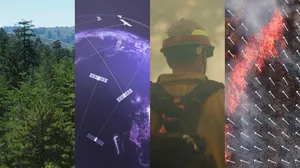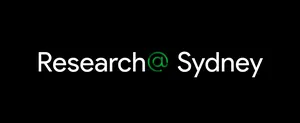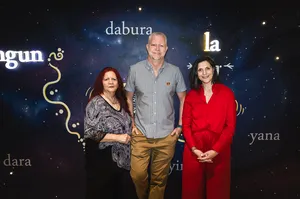How Google AI is helping to monitor the sounds and songs of wildlife
Editor’s note: This blog post is penned by our partners and guest authors, QUT’s Professor Paul Roe and Dr Daniella Teixeira. This collaboration is part of Google’s Digital Future Initiative – a five-year investment in Australian infrastructure, research and partnerships.
As a nation, we have a responsibility to understand how our species and environments are impacted, and what else we can do to protect them. With the threat of bushfires, invasive species, climate change and deforestation, the need is more critical than ever.
Birds are considered indicator species, as they signify the health, activity and changes of an ecosystem. Monitoring birds in the wild is typically conducted through microphones rather than cameras, because microphones allow species identification at longer ranges, even in dense vegetation and in areas where it is unfeasible for people to be present. As many bird species are highly vocal, they are great candidates for acoustic monitoring. Audio recordings are a rich and valuable resource to help us better understand bird populations, and how these adapt to our changing climate.
Since 2019, the QUT-based Australian Acoustics Observatory (A20) has captured more than 17 million hours of raw audio of bird sounds through a national network of recorders. This is a treasure trove of information, however, we have not been able to access or appreciate its true value due to the limitations of analysis. Traditionally, experts would have manually reviewed the recordings to identify bird sounds. When we are working with millions of hours of data, this is a challenging process that hinders action and decision making.
To meet this challenge, QUT is teaming up with Google Australia to find AI solutions to identify and monitor bird species. With automatic audio detection, we’re working to help scientists monitor bird populations more accurately and efficiently.
Together, we’ve trained an AI model to detect calls of the Glossy Black Cockatoo – a threatened bird species found along the entire east coast of Australia as well as on Kangaroo Island in South Australia. This new model automatically separates, enhances and isolates the species' sounds in a recording, while filtering out surrounding sounds such as wind and insects.
The results so far are impressive. The model can pick up very faint calls of Glossy Black Cockatoo that would often be easily missed using less sophisticated technology. By knowing the presence of certain birds, we can help scientists understand and monitor their movements, and help those responsible make more informed decisions about land management and protective measures.

While we are starting with detecting birds' sounds and song, our goal is to extend these tools to identify both threatened (e.g. koalas) and invasive species (such as cane toads, Asian house geckos and Indian myna birds). We’ll look to identify call types, and detect specific species that have not been studied in this manner before.
Ultimately, these audio search tools will allow us to produce high-quality range maps for Australian species and enable conservationists and ecologists to locate species of interest easily. Our shared goal is that this technology can improve our understanding of Australia’s biodiversity and help inform conservation efforts – and can be scaled to detect more species, in more regions of Australia. To support this vision and encourage collaboration, we have open-sourced the model that distinguishes the bird species.
Australia is full of natural wonders and rich biodiversity. With this exciting new partnership, we look forward to exploring new ways to ‘measure the treasure’ and better protect Australian nature for the future.




